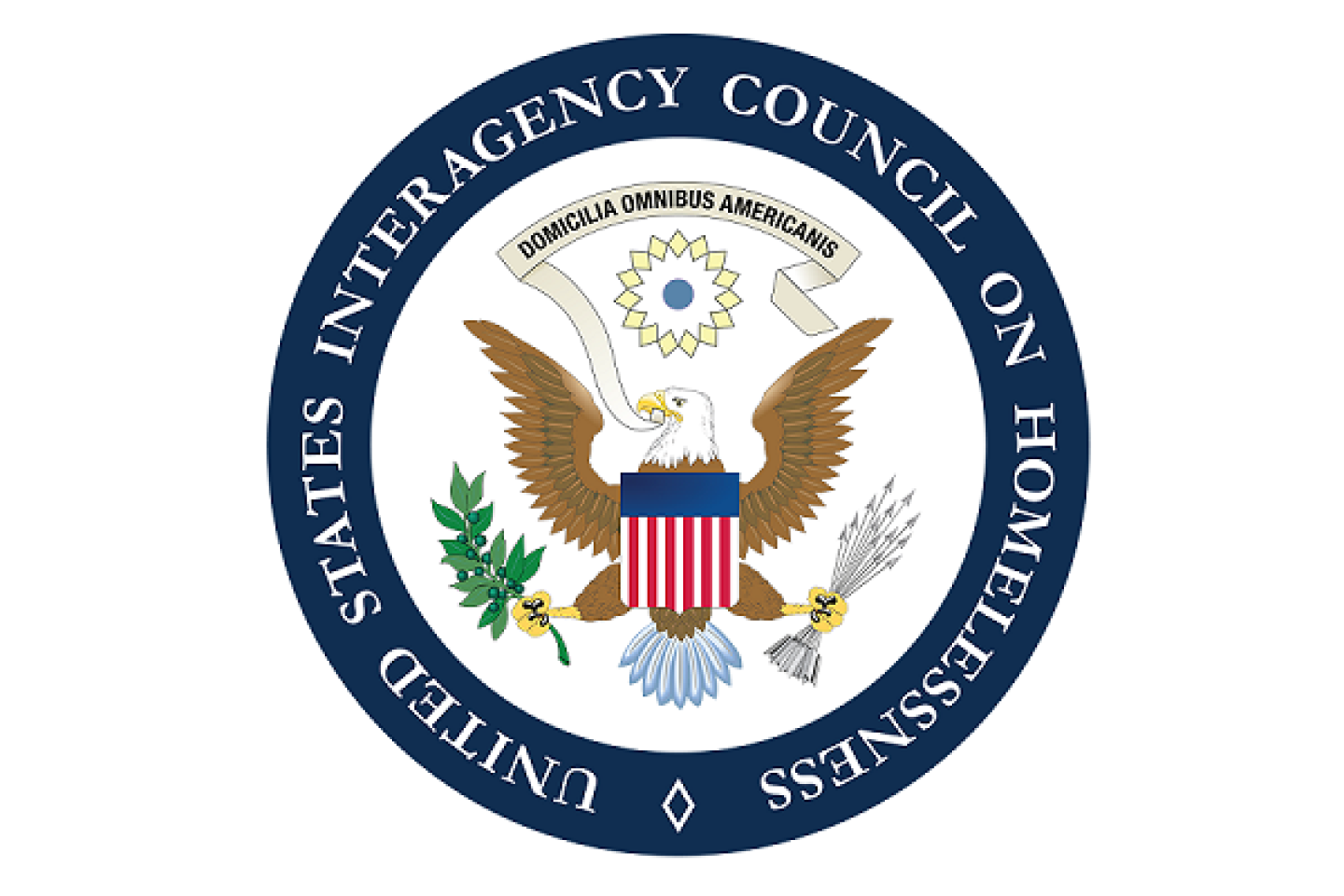In Arizona, USICH Participates in Annual Homeless Count, Meets With Governor and Mayors
This week, USICH Director Jeff Olivet traveled to Maricopa County, Arizona, to participate in the annual Point-in-Time Count and to meet with the state’s highest elected leaders.
While in Arizona, Director Olivet, Senior Regional Advisors Helene Schneider (a former mayor) and Tamara Wright held meetings with many state and local leaders, including Governor Katie Hobbs, Mesa Mayor John Giles, Nogales Mayor Jorge Maldonado, Phoenix Mayor Kate Gallego, and Tucson Mayor Regina Romero. The group discussed the state and local challenges and solutions to homelessness and how the federal government can help Arizona get more people off the streets, out of shelters, and into housing while preventing others from experiencing homelessness in the first place.
As part of the annual Point-in-Time Count, which provides a single-night snapshot of homelessness in America, USICH visited shelters, encampments, and other locations to collect data on and conduct outreach with people experiencing homelessness in Maricopa County. According to the 2022 count—which was the first full look at the pandemic’s impact on homelessness—at least 13,553 people experienced homelessness in Arizona. That represents a 23% increase in homelessness in the state since 2020 and the third-highest increase in the nation. In Maricopa County, homelessness has risen at a similar rate.
Nationally, however, homelessness remained relatively flat from January 2020 to January 2022, with a less than 1% increase.
“After years of rapid rises in homelessness since 2016, we as a nation have begun to flatten the curve, thanks to two years of unprecedented federal investment from the American Rescue Plan. But we are not satisfied,” said USICH Director Olivet. “We want to reduce and ultimately end homelessness in every community, and with All In , the Biden-Harris administration has a plan to speed up the progress we have started to see.”
USICH released All In: The Federal Strategic Plan to Prevent and End Homelessness in December, which set a national goal to reduce homelessness 25% by 2025. President Biden encourages state and local governments to use All In as a blueprint for setting their own ambitious goals for 2025. While in Arizona, USICH discussed local plans to prevent and end homelessness and how they can align with All In.
All In is based on what USICH has seen and heard from thousands of people in more than 600 communities across the country. While in Arizona, USICH visited Wildcat Inn, a vacant hotel that has been converted into permanent housing for people who previously experienced homelessness. This hotels-to-housing strategy emerged during the pandemic as a way to provide a place for people without a home to socially distance and protect themselves from COVID-19, and it is continued to be used as a way to expand the supply of shelter and housing. The American Rescue Plan, which represents one of the largest-ever investments in ending homelessness, includes billions of dollars for hotels-to-housing.
“This proves,” said Director Olivet, “that even under the most difficult circumstances, we can find creative solutions to make progress toward our goal to build a future where no one experiences the tragedy and indignity of homelessness—and everyone has a safe, stable, accessible, and affordable home.”



